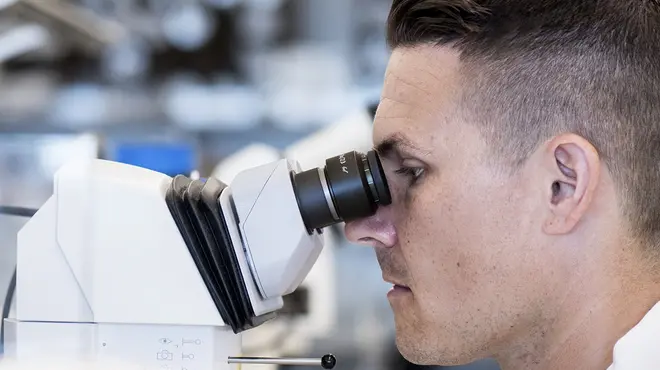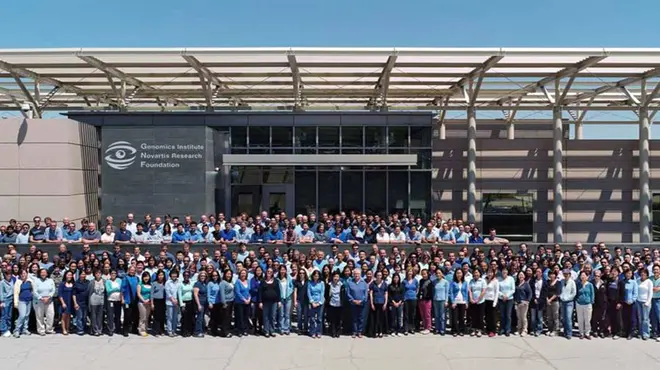In today's rapidly evolving healthcare landscape, there is a profound shift in how patients approach their cancer diagnosis and treatment. Novartis has been committed to extending and improving lives through innovations that transcend medicines and recognize that a new paradigm is emerging – one we call the "next generation patient."
Who Are the Next Generation Patients?
The average age of cancer diagnoses are decreasing at an alarming rate, and older individuals are approaching aging with renewed vigor.1,2 This creates a unique dynamic in cancer care that transcends traditional age demographics:
- Younger individuals are being diagnosed with cancer earlier in life, with the global incidence of early onset cancer increasing by almost 80% over the last 30 years, and these patients approach their diagnosis with digital fluency, research acumen, and expectations of personalized care1,3
- Older adults account for most new cancer diagnoses and the majority of cancer survivors, but maintain youthful mindsets and active lifestyles beyond what previous generations experienced at the same chronological age, as the five-year survival rate has improved from 57.3% between 1995-1999, to 60.7% between 2010-20141,4
What unites these groups is a shared expectation that cancer care should preserve not just life itself, but its quality and fullness. These patients don't just want to survive – they want to thrive.






